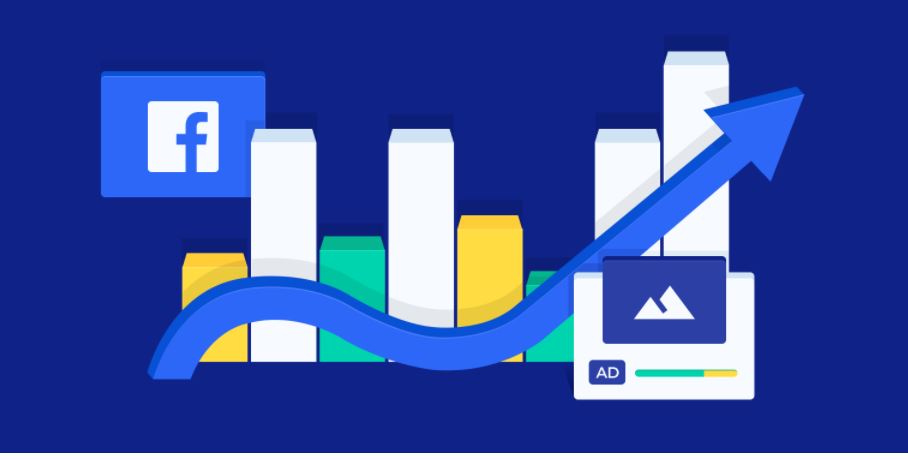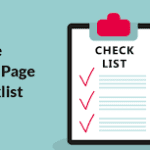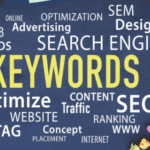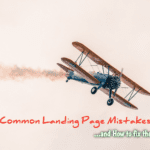twinkle of an eye.
Like you, I have hit the rock a couple of times with Facebook Advertising and that’s why I would be sharing 4 mistakes businesses make whilst advertising on Facebook.
- Allowing your Ad creative to become stale:
To be fair, this can be annoying. Do you know how frustrating it gets seeing the same Ad over and over? Yes, that tiring and “are these people not tired” kind of feeling. If this is you, your audience does not deserve such constant reminder about your Brand.
As a business, the last thing you would want to be known as is a nuisance and trust me, if your Ads are becoming everywhere with little or no strategy, you are on your way to being a NUISANCE! Ad fatigue can cause not only a drop in performance with those assets but can also create bad mental connections with your business in the minds of your potential customers.
Although creating fresh creative for social advertisements is likely one of the more time-consuming tasks, there are some strategies to help reduce the amount of time it takes to produce additional Ad creatives. Get creative and international with your Ad and create a masterpiece that would not just help you boost your sales but also attract potential clients.
Facebook has its own page, Facebook Ads Inspiration, but a simple Google search will definitely not hurt so, you can do quick research and be ready to get your Facebook Advertising right!
- Optimizing for the incorrect goal:
Facebook offers a variety of alternatives for optimizing your goals, and for some, these possibilities can be overwhelming. At the most basic level, each campaign target has its own set of actions that it is optimizing for. Selecting the appropriate campaign goal can be a major step in the right way. In addition to the campaign-level actions, there are also Optimization & Delivery adjustments that can be made at the ad set level for nearly all campaigns.
- Failure to grasp the complexities of budget controls:
When it comes to budgeting, Facebook offers some of the most diverse options in the digital marketing world. These various options are useful tools for seasoned advertisers, but they can be confusing for others who aren’t as familiar with them. Daily budgets, for example, help to keep spending consistent from day to day. While your campaigns will still strive to achieve as many of your conversion objectives as feasible, they will also work to spend your entire budget each day regardless of conversion success.
On the other side, lifetime budgets let you optimize within days for your goals, but they don’t always hit the desired spend each day, making pacing more challenging
That isn’t even taking into account the use of ad scheduling and other technologies.
If you’re not getting the results you want from your Facebook campaigns or feel like you’re not getting the most out of your money, read this post to learn about the different types of budgeting and make sure you’re on the right track.
- Audience segmentation is overdone:
If you’re coming from the Search world, you’re probably used to having really clean campaign structures with highly segmented campaigns and ad groups so you can optimize for what’s working and what isn’t. I’m sure I do.
Having too tight a grip on your audience, on the other hand, can be a liability on Facebook. We must ensure that we have enough data for Facebook to continue and find success, just as we must ensure that we have enough data for objective optimization.
You’ll never get out of Facebook’s learning phase if you segregate your audiences too much and place them into multiple ad packages.
This can lead to you missing KPIs and undeserving your entire audience. Furthermore, the smaller your Facebook audience is, the greater the CPMs you’ll spend. This means that if you split your targeting options into ten separate ad sets instead of three or four, it will cost you more to reach the same audience.
Try to keep your audience mappings as rational as possible, but don’t go too far. To keep things focused and provide Facebook enough performance data to optimize on, I normally aim for anything between 2 and 40 million users in a target audience, depending on the account.





